The Niagara River, a shared resource between Canada and the United States of America, was once one of the most degraded places in the Great Lakes due to habitat and pollution problems. Thanks to partners working together, the Niagara River ecosystem is improving.
Today, the Niagara River is home to a diversity of fish and wildlife such as bald eagles, herons, egrets, turtles, mink, river otters, lake sturgeon, and muskellunge. Scroll down to learn more!
Why is habitat important?
Habitat generally refers to the physical environment that is occupied by a plant or animal such as wetlands, riparian (shoreline), forests, or grasslands. Suitable habitat is critical for supporting fish and wildlife survival, through all seasonal and life history stages (e.g., reproduction, feeding, overwintering) and is thus essential for overall ecosystem health.
What is the issue?
Habitat loss due to human activities is one of the most common issues within the Great Lakes region. Along the Niagara River, activities such as urbanization, shoreline alteration, and mowing to the river’s edge are some of the reasons for shoreline erosion, poor slope stability, and destruction of important shoreline and wetland habitat.
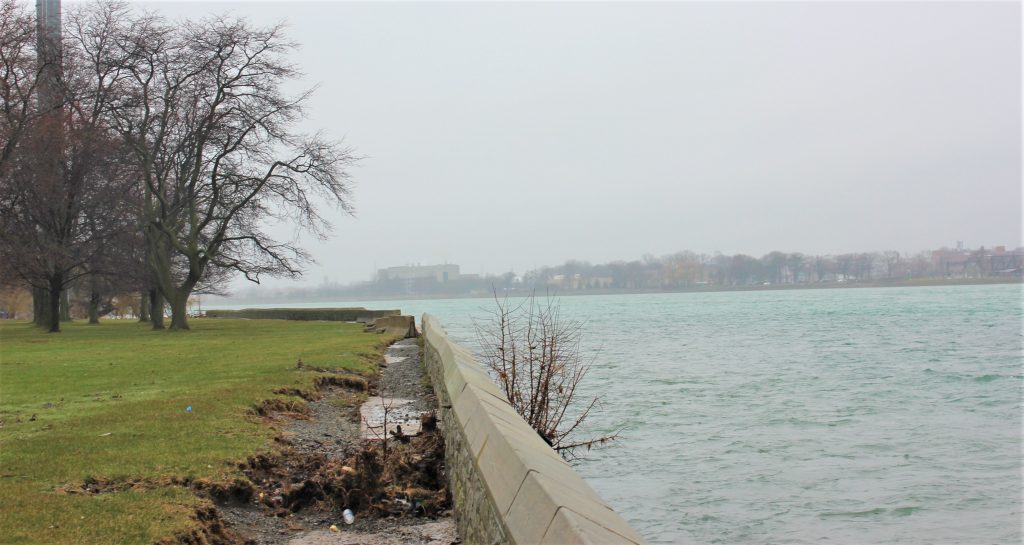
Shoreline hardening like this breakwall removes important habitat.
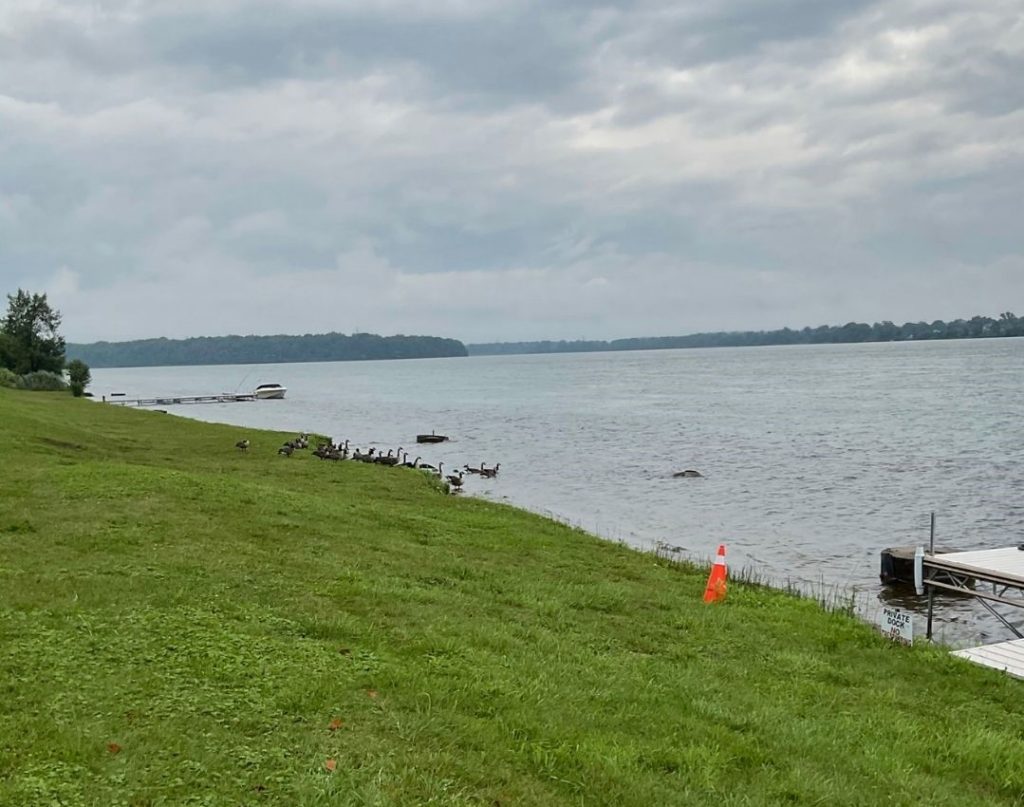
Mowing to the edge of the shoreline removes habitat and can cause erosion. 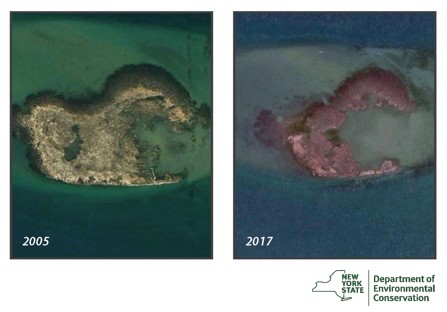
Wave and currents have led to erosion of Grass Island in only 12 years. 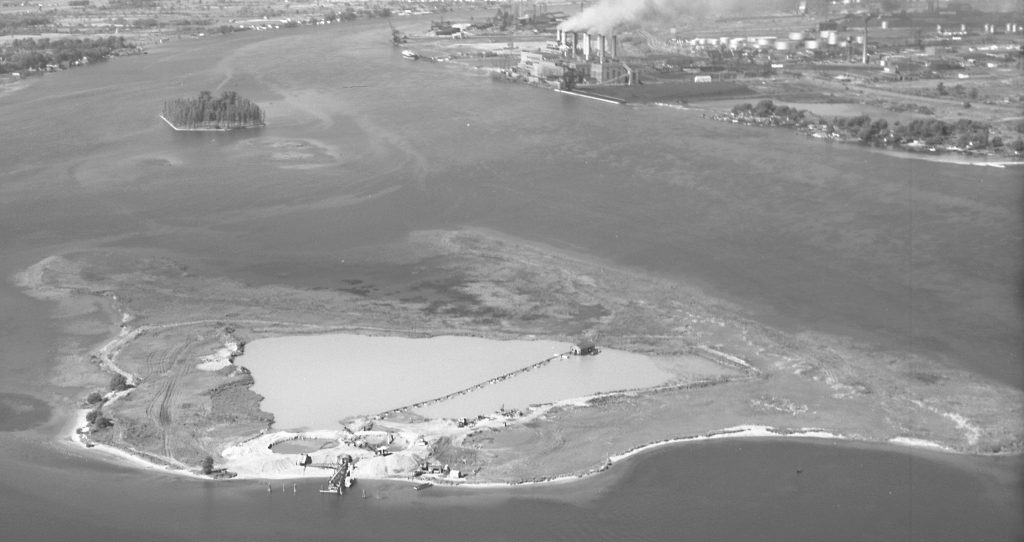
Sand and gravel mining at Strawberry Island from 1912-1953 altered its size/shape.
What is being done to improve habitat?
Several years ago, the U.S. Niagara River Remedial Advisory Committee developed a Habitat Restoration Plan aimed at improving approximately 100 acres of primarily shallow water/coastal wetland habitat critical on the U.S. side of the river. In Canada, an assessment of the nearshore zone identified 7 locations along the Upper Niagara River as ideal sites for coastal wetland restoration based on feasibility, site characteristics, and location near the mouths of tributaries. In 2021, an additional riparian study further identified 26 sites over a 10 km stretch of the Upper Niagara River for riparian habitat improvements and management actions.
Experts consider many aspects of habitat (e.g., species requirements, water velocity, potential ice scour or erosion issues, sightlines, recreational usage) when implementing these restoration projects. Different techniques are used depending on the site and each site has its own design to meet these needs. Overall, each site uses rocks and re-purposed trees which are anchored to the riverbed to provide habitat for fish/wildlife, slow the velocity of water which creates a calm refuge for young fish, and capture sediments to help aquatic vegetation to take root and establish (even more habitat!).
Check out the photo gallery below to learn more about some of the methods used to restore Niagara River habitat.
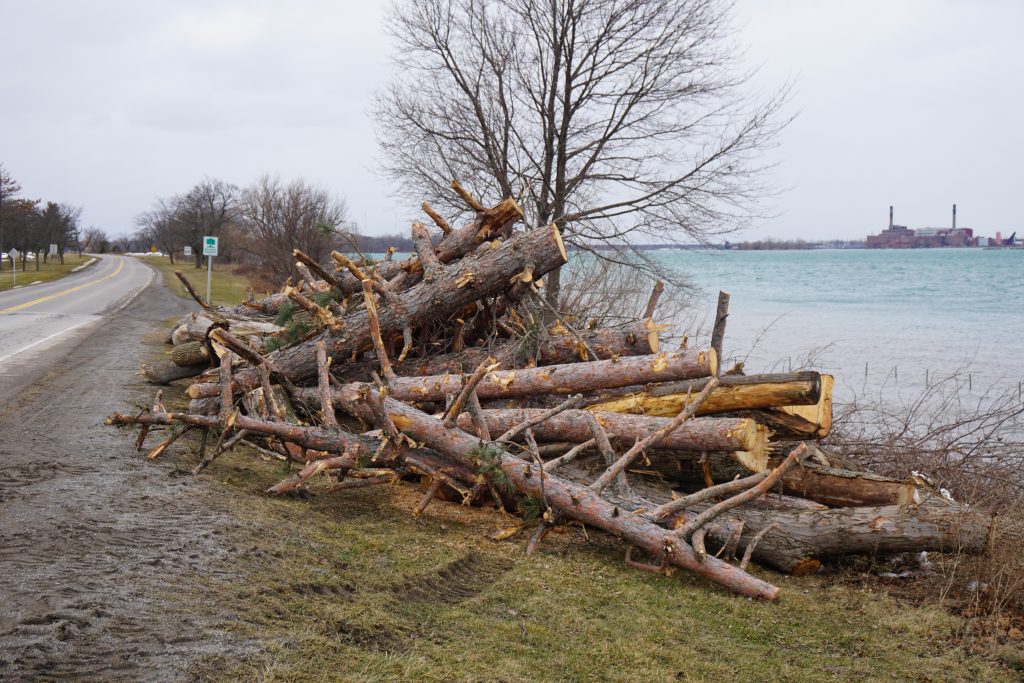
Re-purposed trees to be installed in the coastal wetland project. 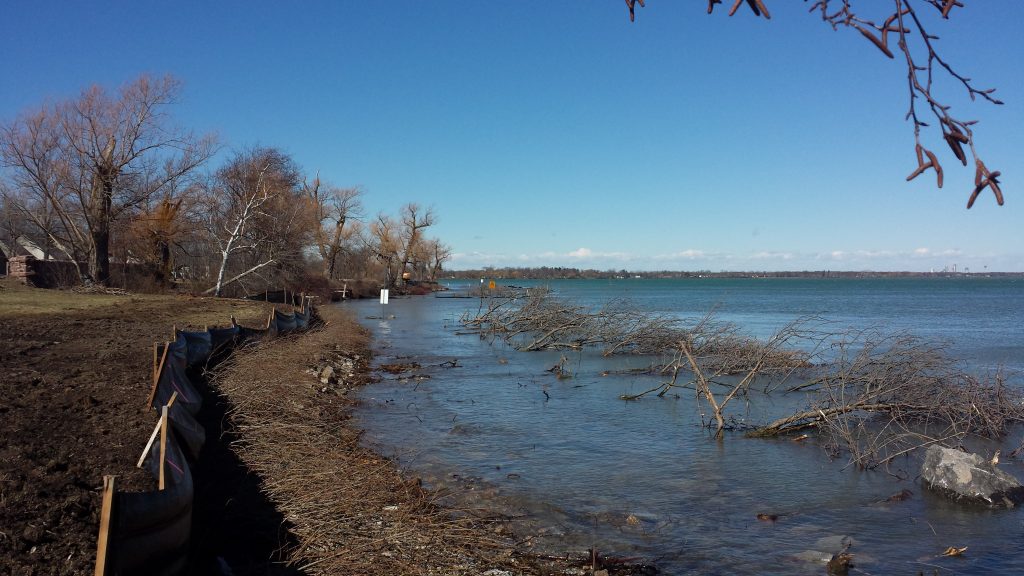
Trees help provide structure for fish/wildlife, prevent erosion from waves, and capture sediments. 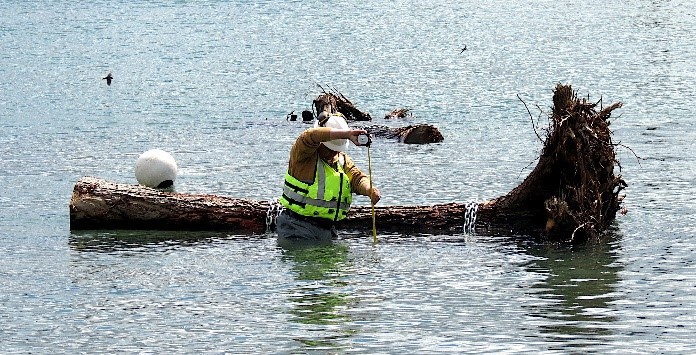
Installing log bundles anchored to the riverbed. 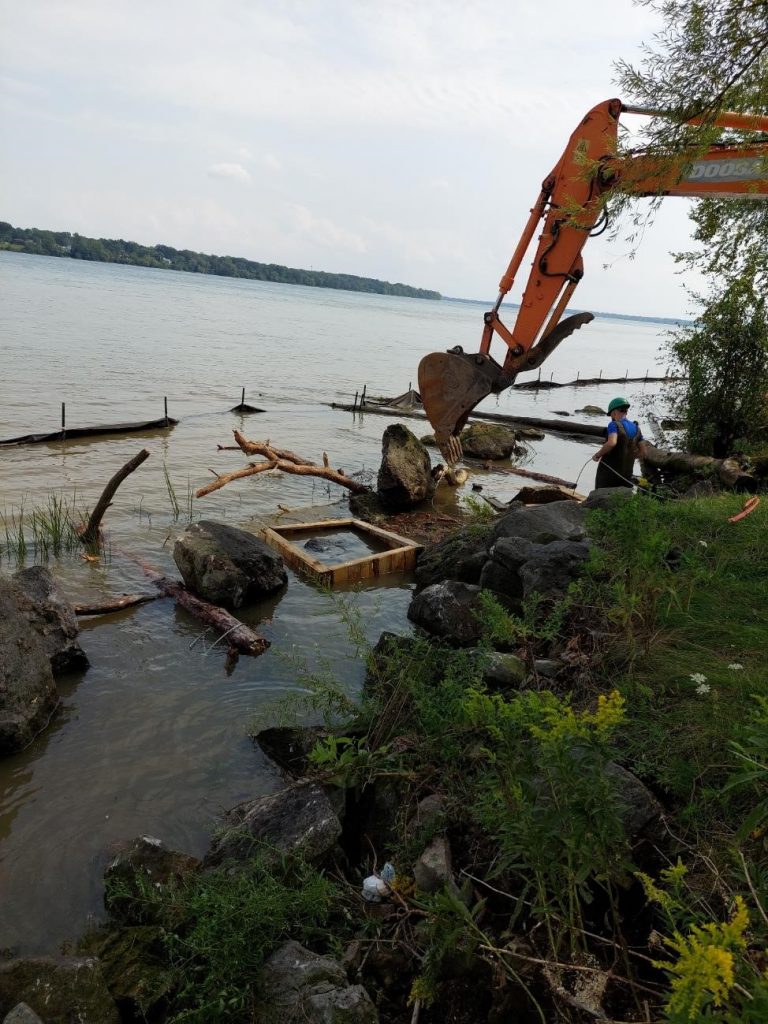
Aquatic planter boxes are being used at some sites to speed up the establishment of aquatic vegetation. 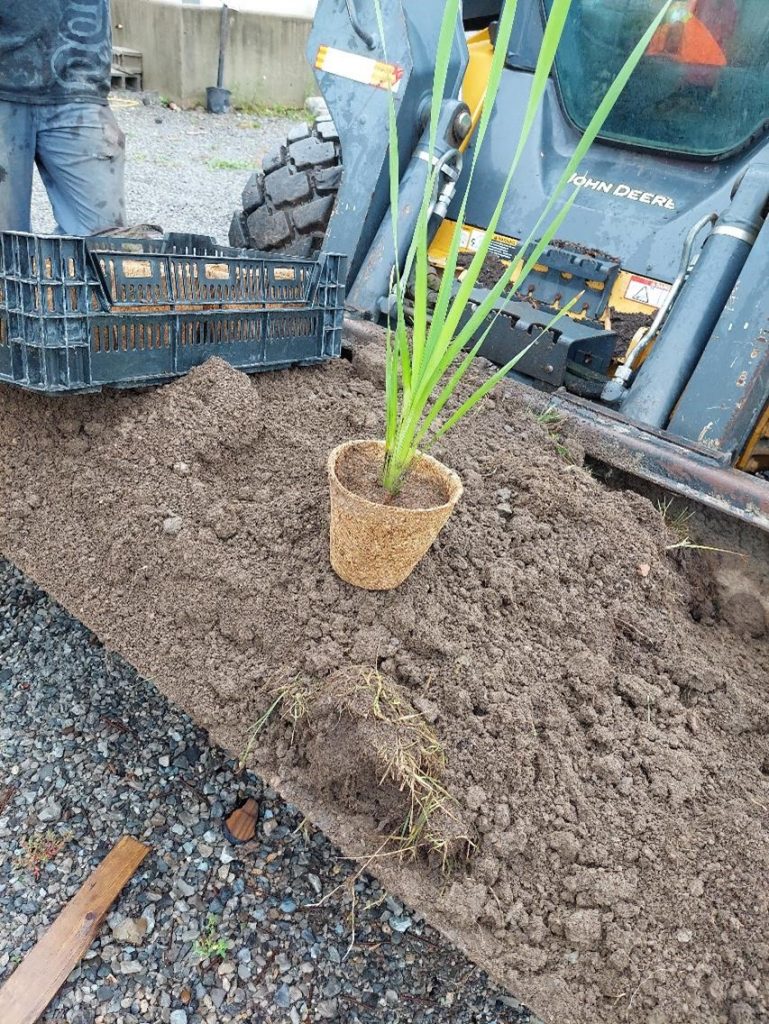
Native aquatic vegetation waiting to be planted into the planter boxes. 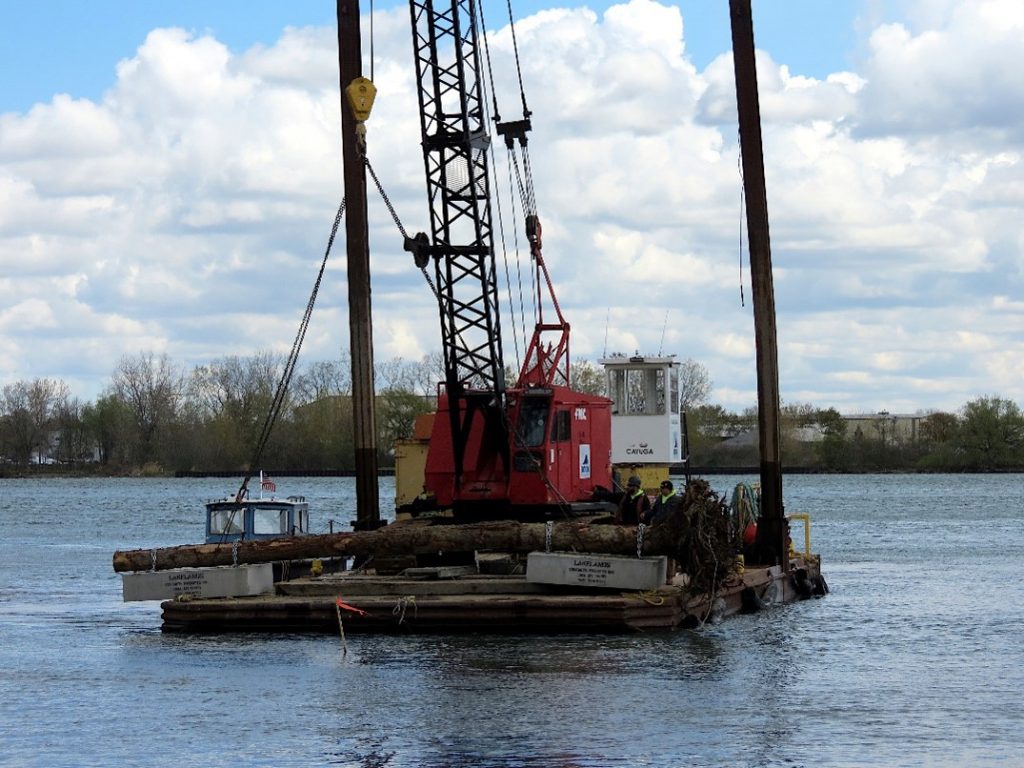
A barge is used to install some materials. 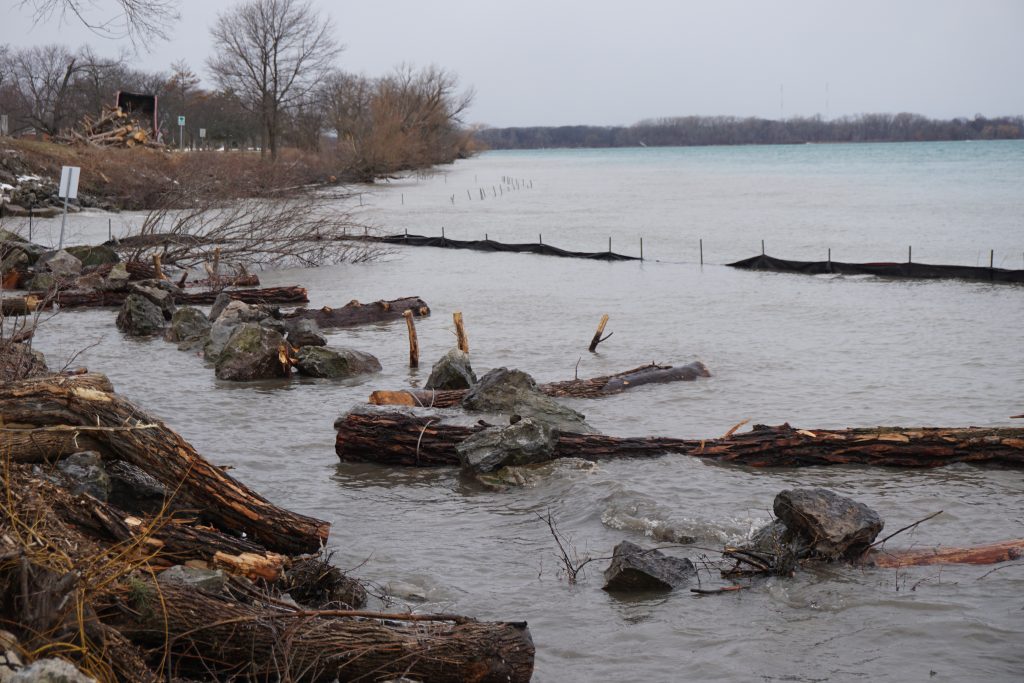
Rock reefs help protect the shoreline by reducing wave energy 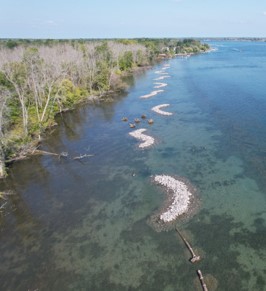
Aerial view of restored Niagara River shoreline near Spicer Creek (as per site plan below) 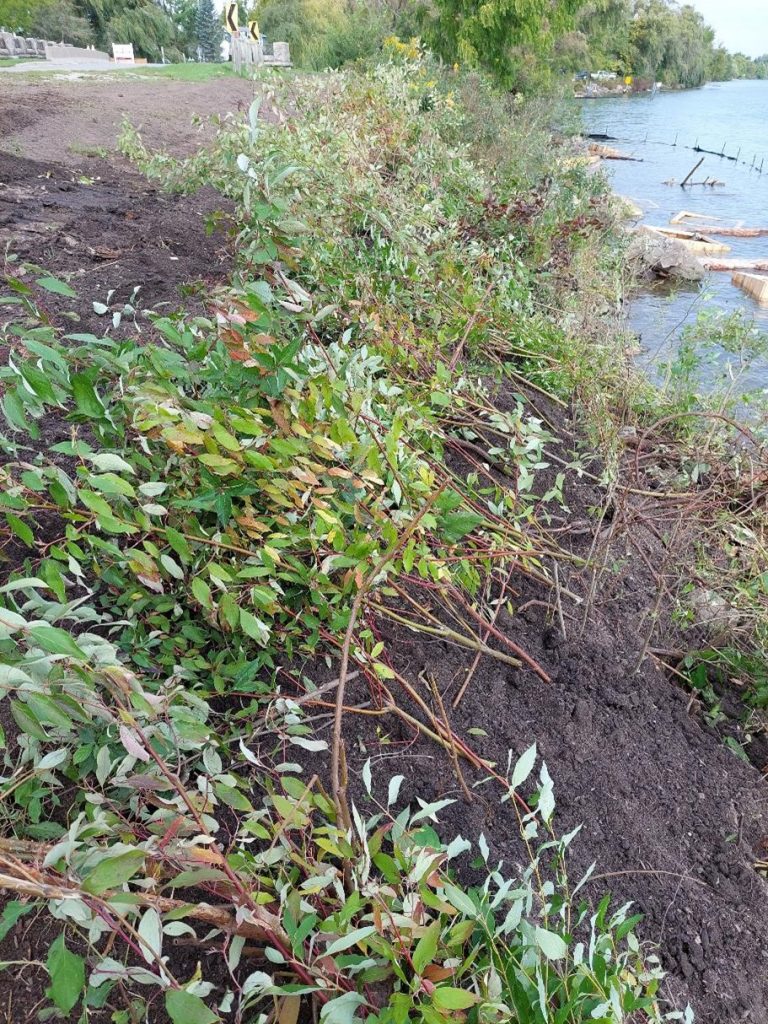
Once the in-water work is done, the shoreline is planted with native wildflowers and shrubs. 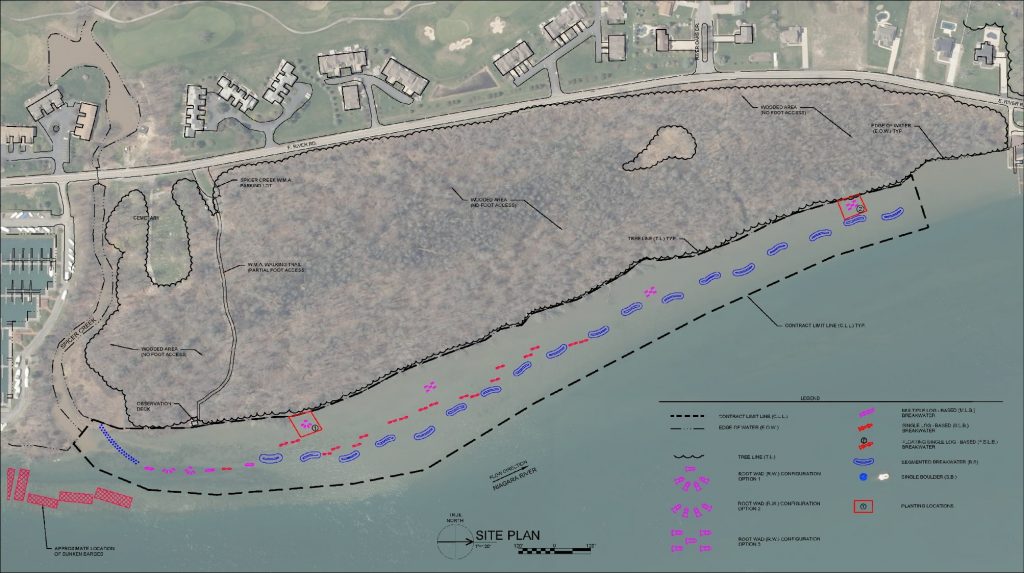
Example of a coastal wetland restoration site plan.
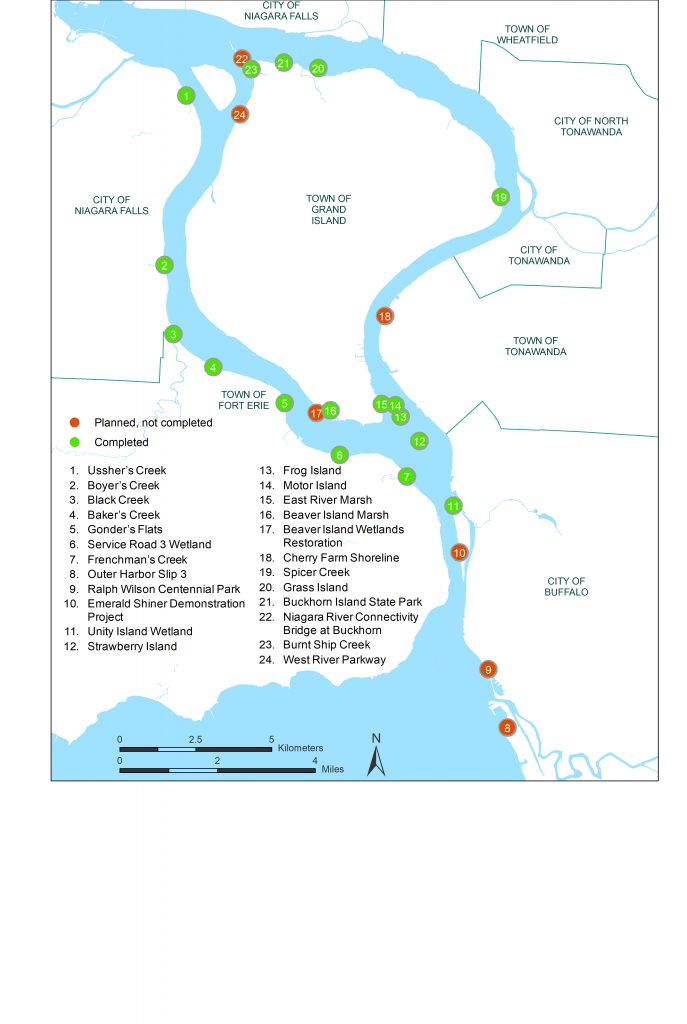
Tremendous progress is being made!
Since 1994, partners on both sides of the Niagara River have completed a combined total of 44 habitat protection and improvement projects of varying scale through different funding sources.
The map (right) highlights the location of recent habitat restoration projects.
In 2022, two more restoration projects are planned for completion (#6 in Canada and #24 in the U.S.).
Together, these projects help bring the Niagara River one step closer to meeting its Remedial Action Plan targets!
To learn more about progress in the U.S. portion of the Area of Concern, click here. For more info on what’s being done in Canada, click here.
Acknowledgments
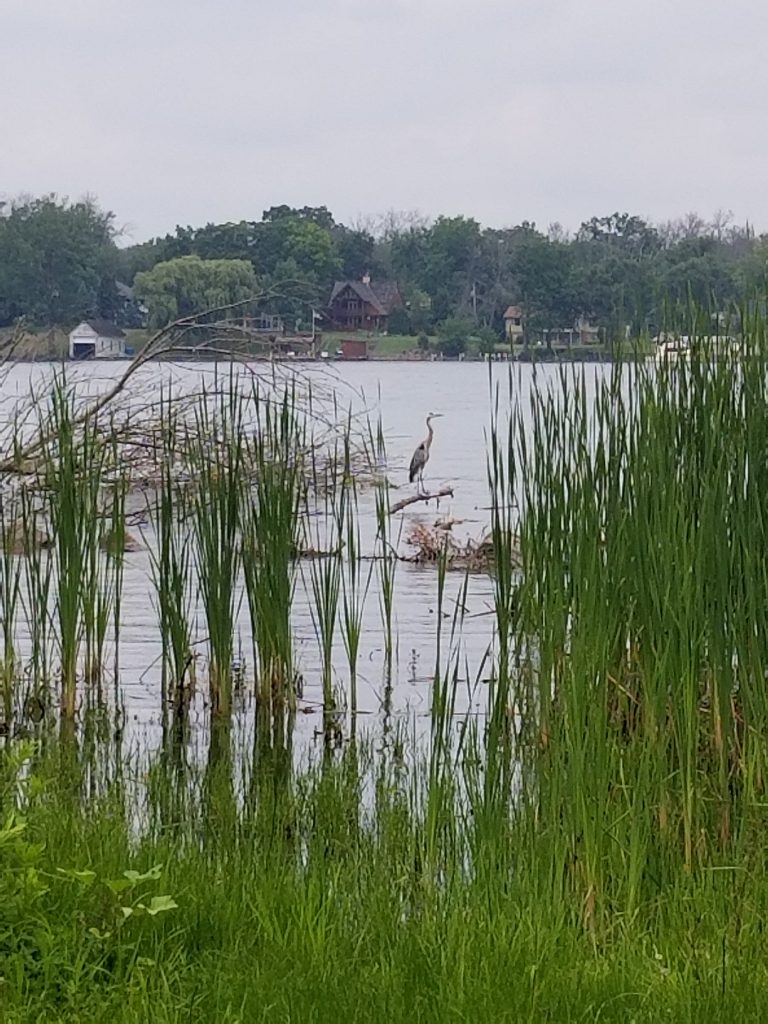
CANADA
The coastal wetland restoration projects in Canada were made possible by the Niagara Parks Commission with funding from the Ministry of Northern Development, Mines, Natural Resources & Forestry and Environment and Climate Change Canada.
The Canadian riparian habitat work is being implemented through a partnership between the Niagara Parks Commission and Niagara Peninsula Conservation Authority with funding from Environment and Climate Change Canada and Ontario Ministry of Environment, Conservation and Parks.
UNITED STATES
Habitat restoration projects completed in partnership with New York State Parks, New York State Department of Environmental Conservation, U.S. Army Corps of Engineers, with funding from the U.S. Environmental Protection Agency (Great Lakes Restoration Initiative).
Other restoration projects funded by the New York Power Authority under the terms of its 2007 Niagara Power Project re-licensing agreement.
